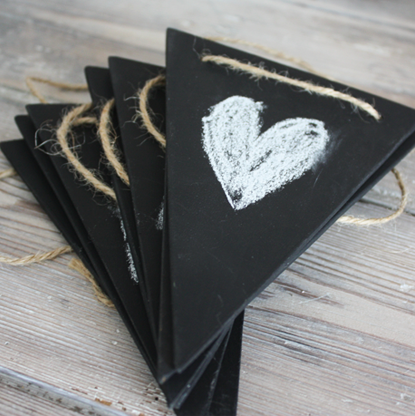The unemployment rate in Denmark is 3.4 %, which is the lowest in Europe. The literacy rate is at least 99%. The Danish national norms for pupil-teacher ratios are, primary in Denmark are 9.93 for primary schools and 10.5 for secondary schools. As education is free and all students get very attractive government stipends, the average Dane is well educated, and have good job with one of the highest salaries in Europe.
The unemployment rate in South Africa is 25,2%, and the literacy rate is 7,1% -according to SA’s real level of literacy available at http://citizen.co.za/31407/literatez/). The South African national norms for pupil-teacher ratios are 40:1 for primary schools and 35:1 for secondary schools. As education is not free and the average student's don't get a bursary and the only financial assistance is from family members of which most are not literate themselves.

Our mind is capable of passing beyond the dividing line we have drawn for it. Beyond the pairs of opposites of which the world consists, other, new insights begin.
You should let yourself be carried away, like the clouds in the sky. You shouldn’t resist. God exists in your destiny just as much as he does in these mountains and in that lake. It is very difficult to understand this, because man is moving further and further away from Nature, and also from himself.
Hermann Hesse (1877 - 1962)
Swiss poet, novelist, and painter
Swiss poet, novelist, and painter











